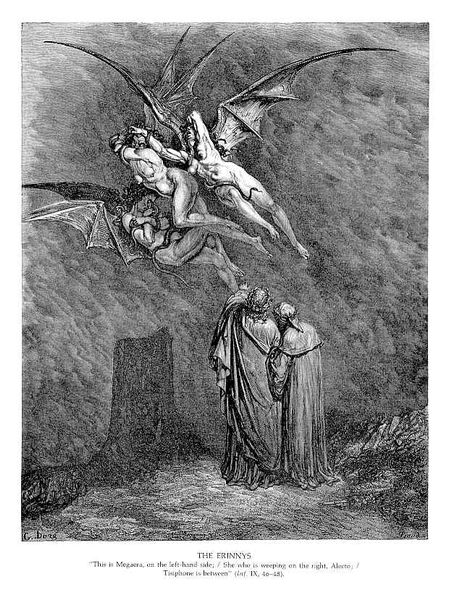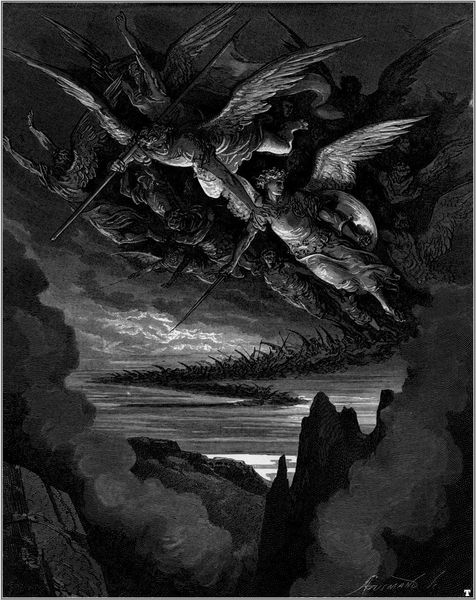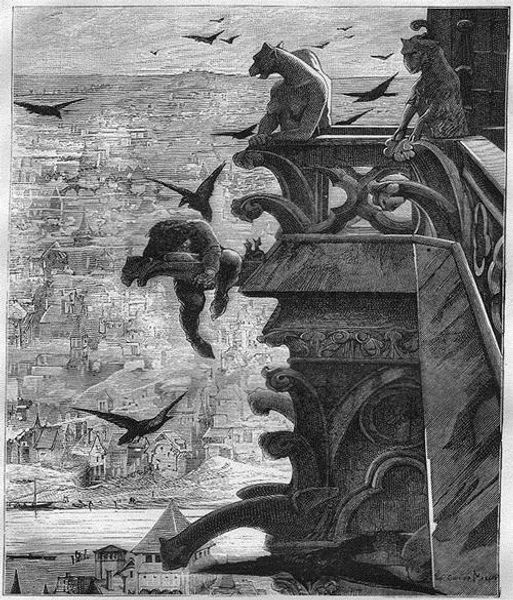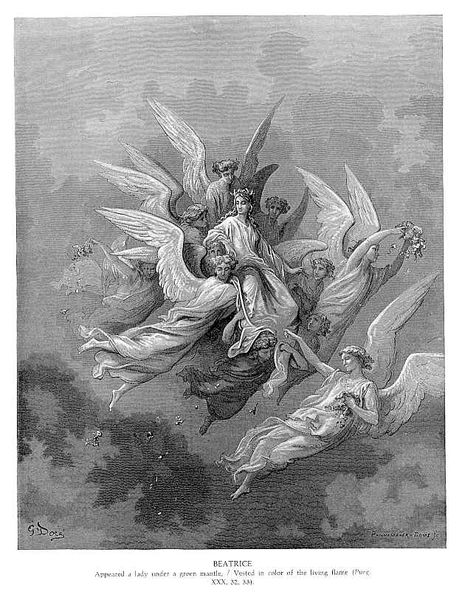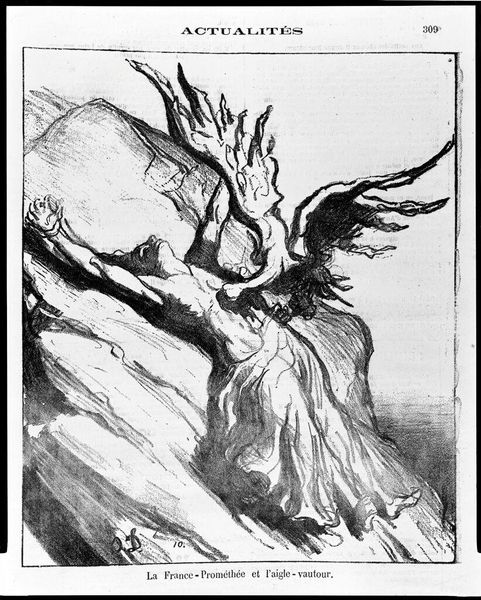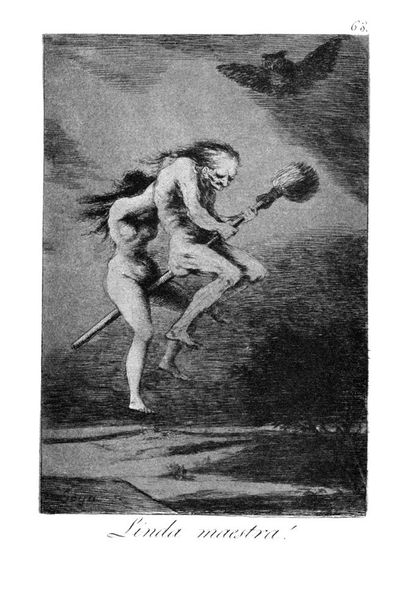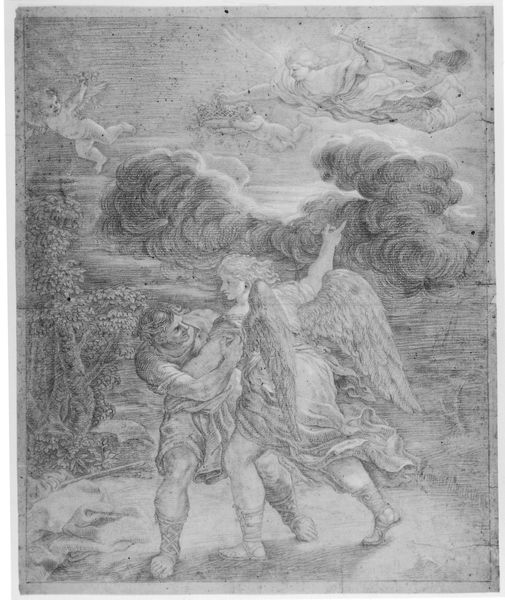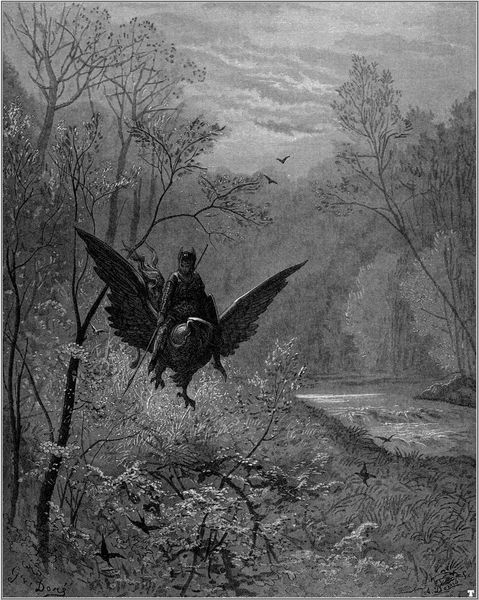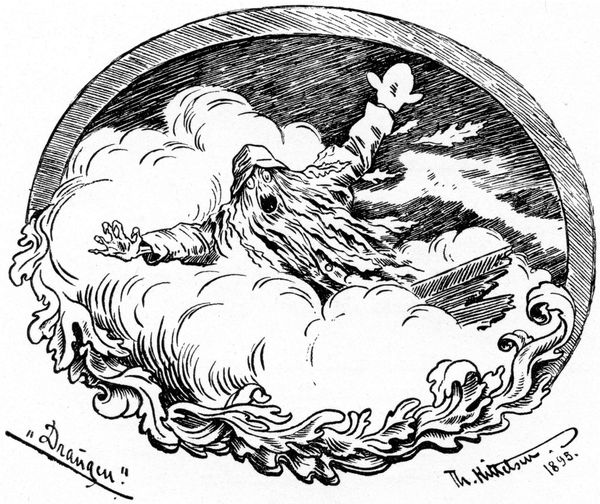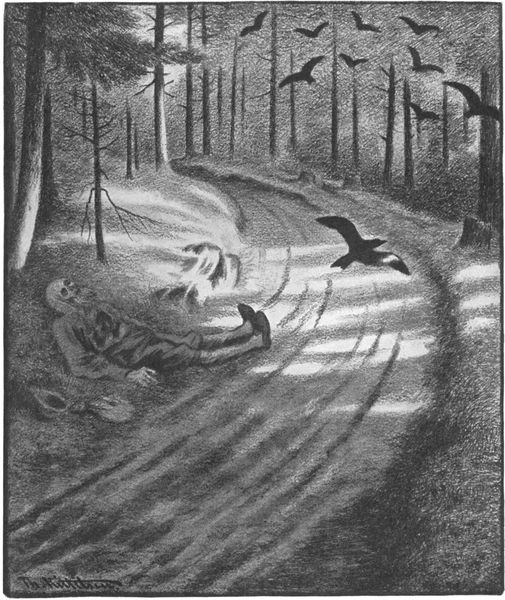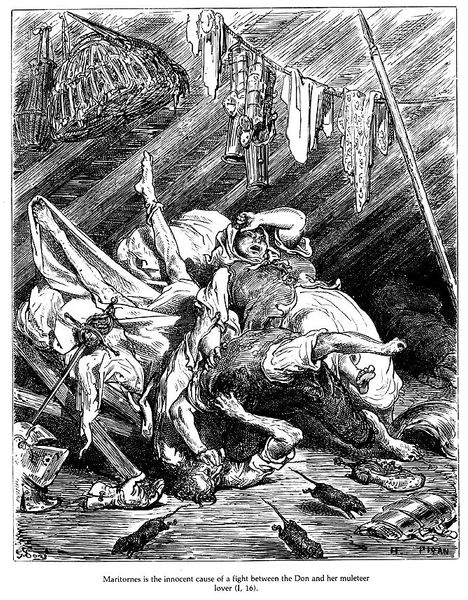
drawing, pencil
#
drawing
#
pencil sketch
#
landscape
#
figuration
#
sketch
#
romanticism
#
pencil
#
line
#
history-painting
Copyright: Public domain
Editor: This is Eugène Delacroix's "Mephistopheles Over Wittenberg," a pencil drawing from 1839, based on Goethe's *Faust*. The contrast is striking! The dark figure looms ominously over the obscured city. How do you interpret this work through a historical lens? Curator: The drawing reflects the 19th-century's fascination with Romanticism, but also the socio-political anxiety brewing during that time. Mephistopheles embodies a challenge to established orders – Wittenberg being, notably, the city where Luther sparked the Reformation. Editor: So, this image is more than just a depiction of a scene from a play; it has deeper significance? Curator: Absolutely. Consider how Delacroix uses *Faust* – a popular subject then – to critique societal power structures. The way the image is consumed depends greatly on the viewer's political or religious opinions. It uses history-painting and symbolism to create visual and socio-political dialogue. How might this piece challenge contemporary views of the role of the church, then? Editor: I guess seeing Mephistopheles over Wittenberg during that period would ignite the audience. The drawing might have sparked discussions or disputes about faith and authority. Curator: Precisely! Museums shape how these narratives are remembered, and whose voices are amplified. Are all accounts created equal? It raises many issues about objectivity and subjective experiences. Editor: This has changed how I look at art. This artwork goes beyond its immediate image by embodying socio-political views! Curator: Indeed, that tension between historical events and art is always fruitful!
Comments
No comments
Be the first to comment and join the conversation on the ultimate creative platform.
